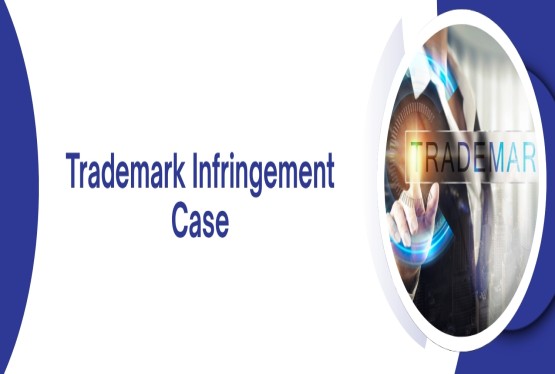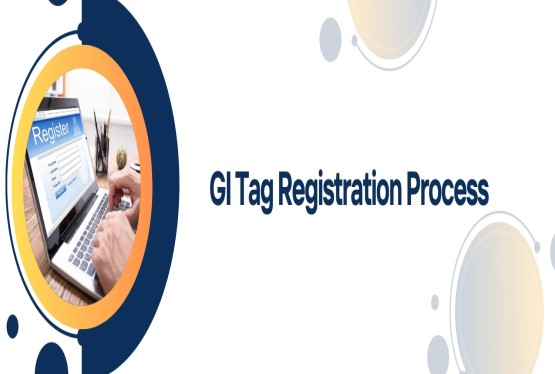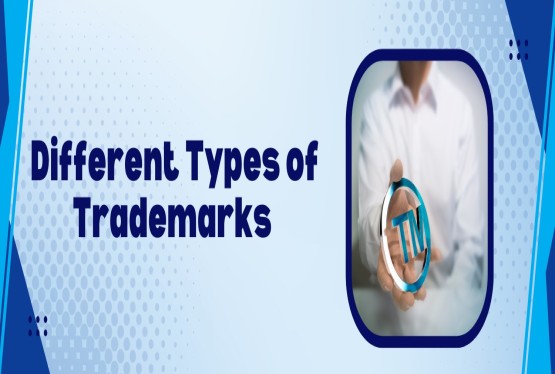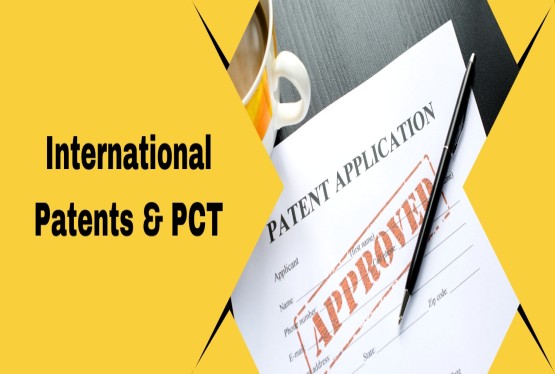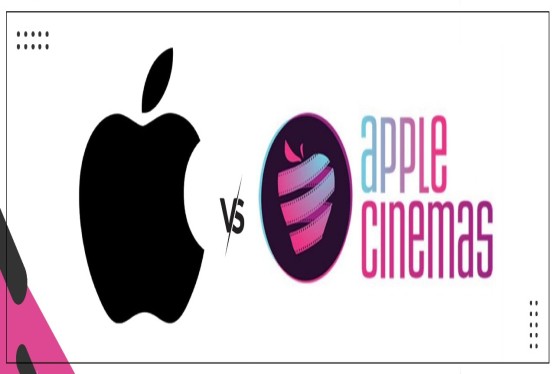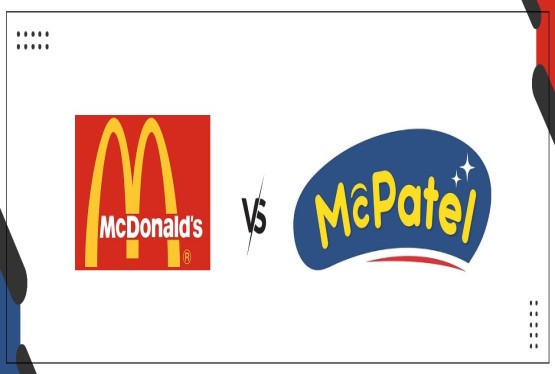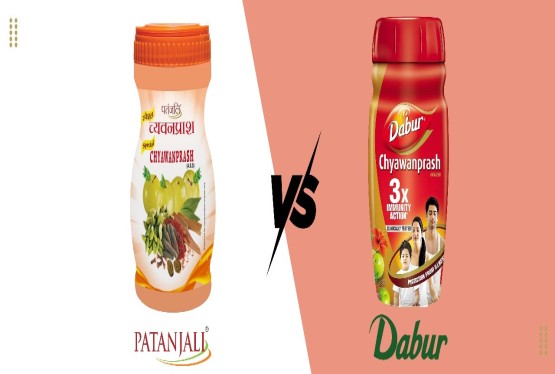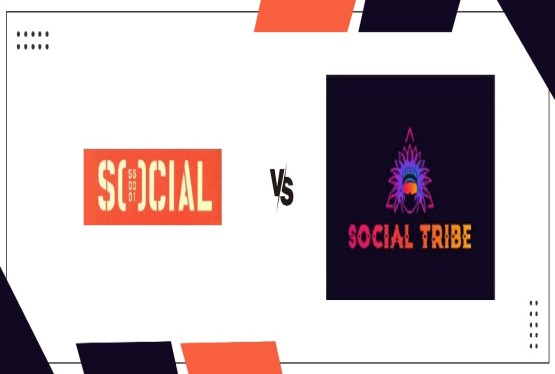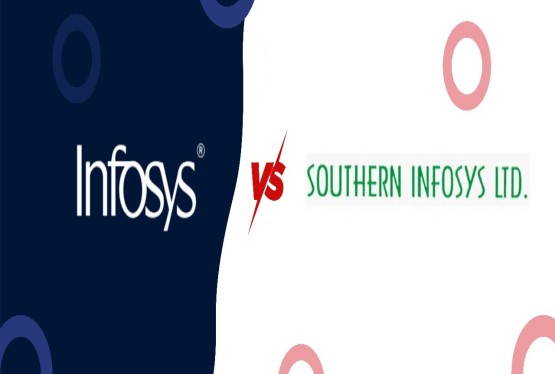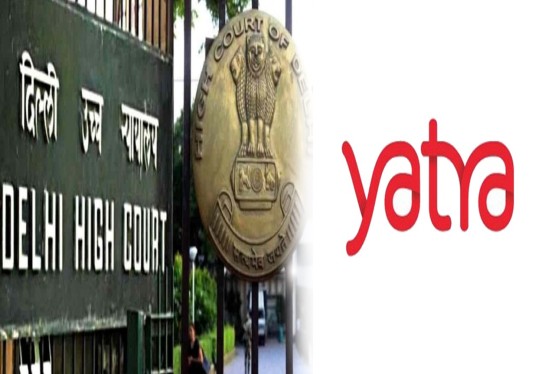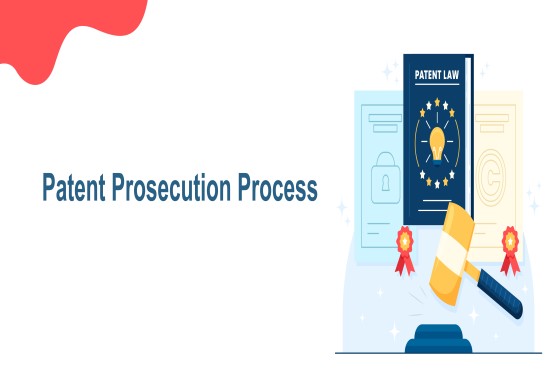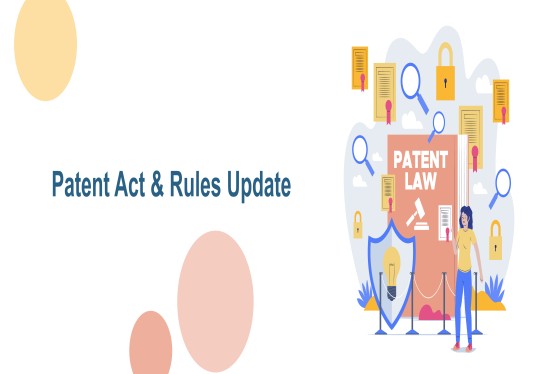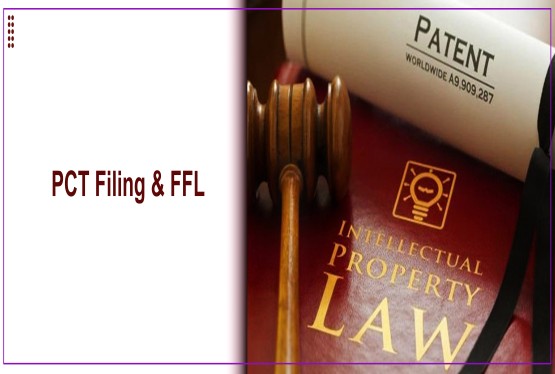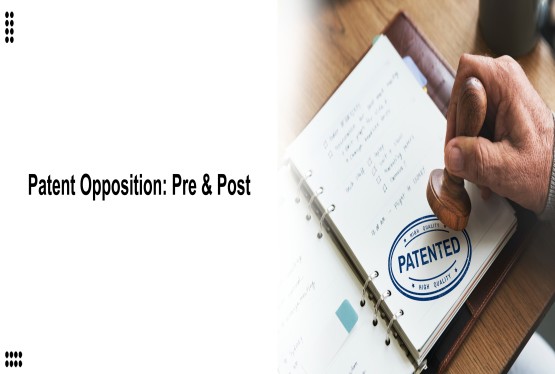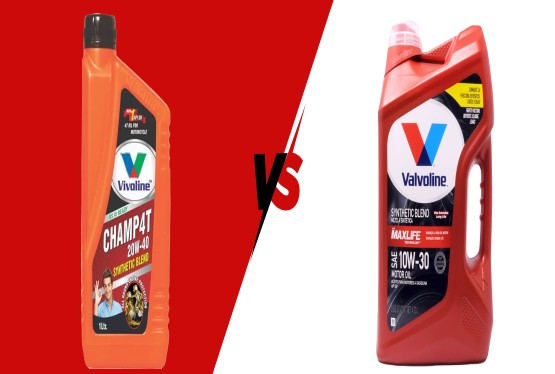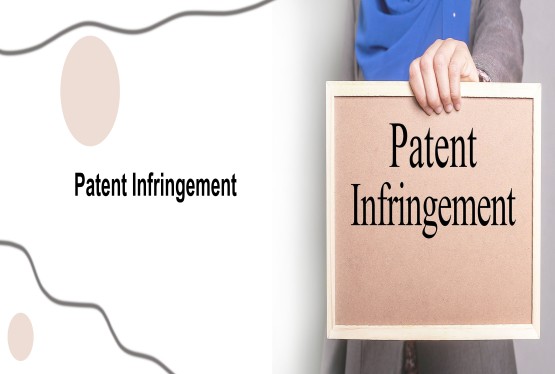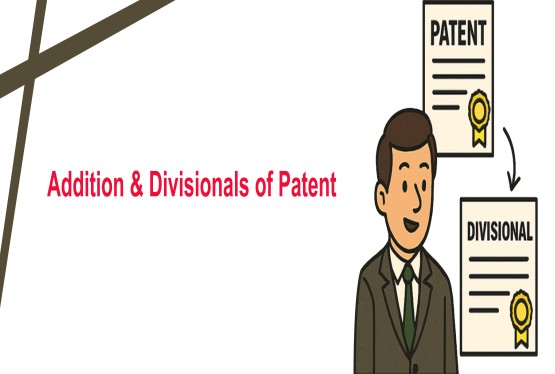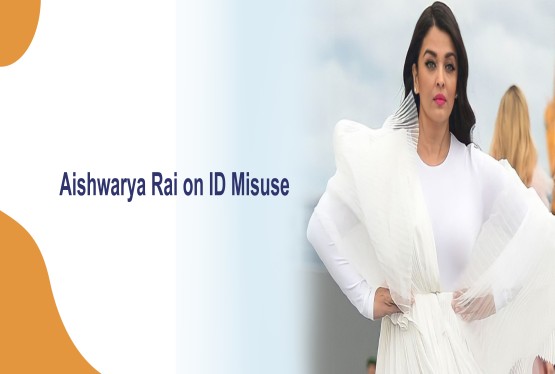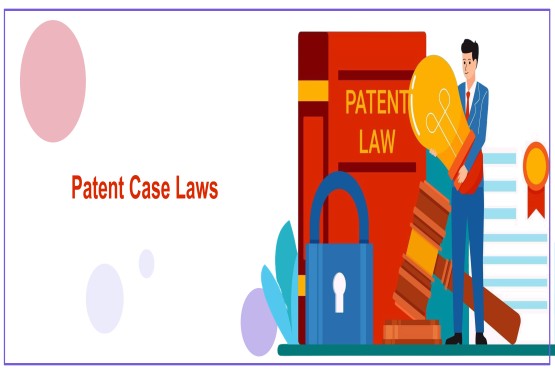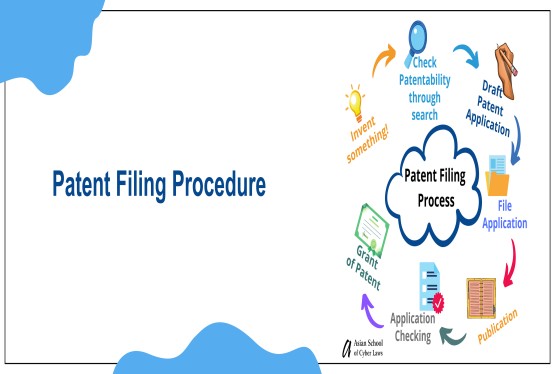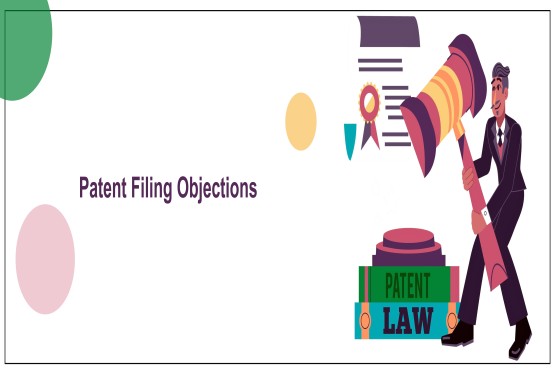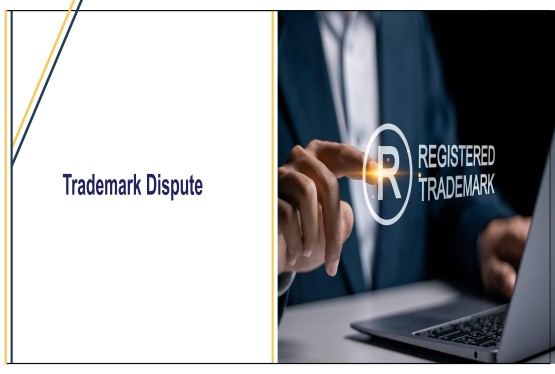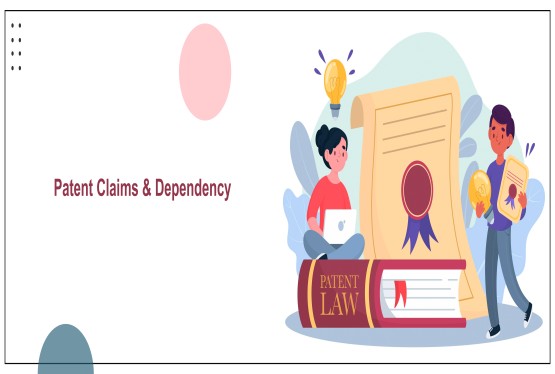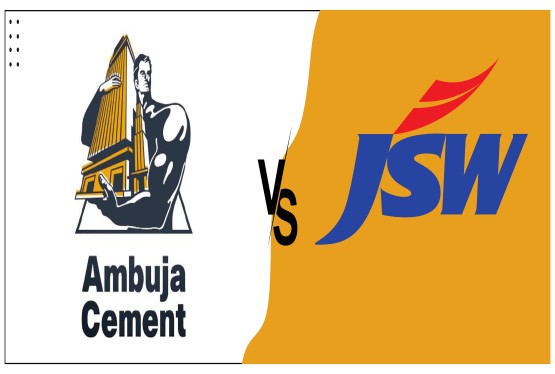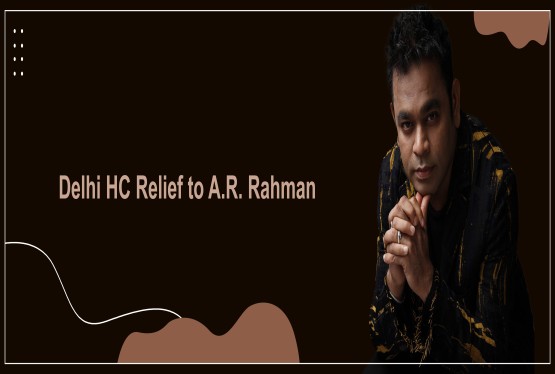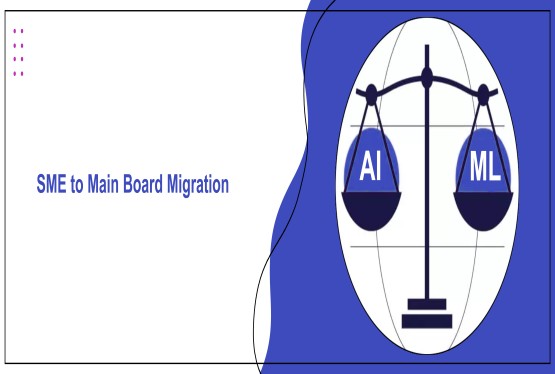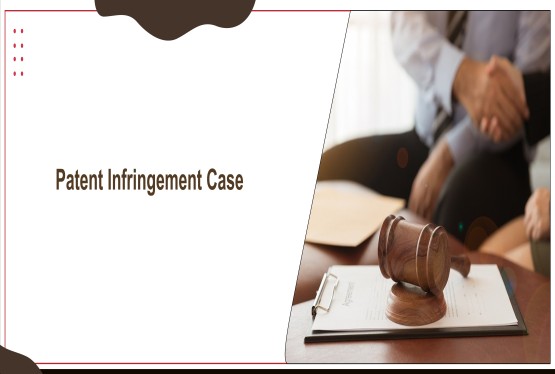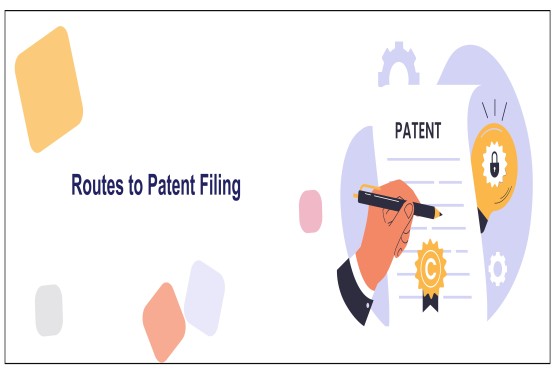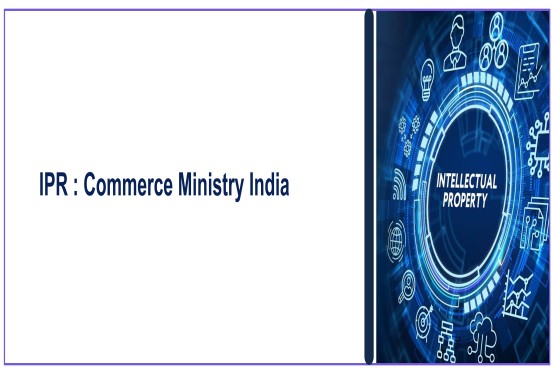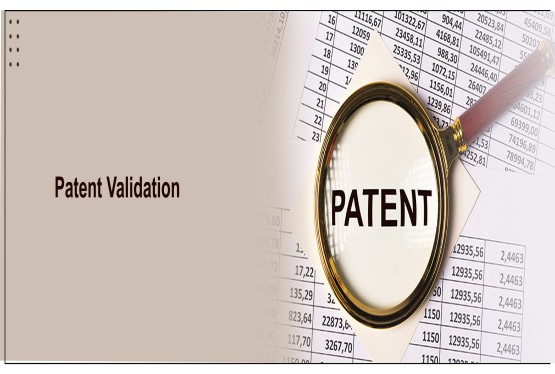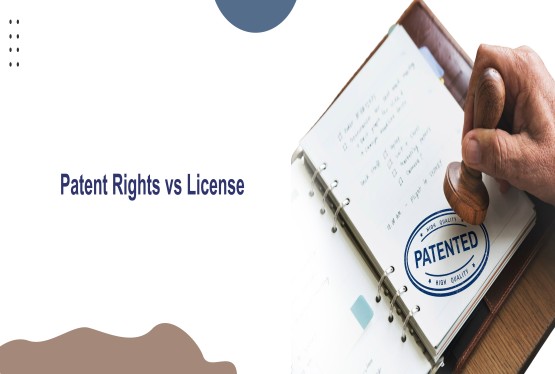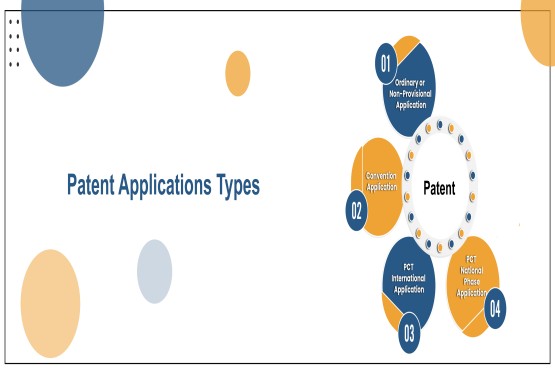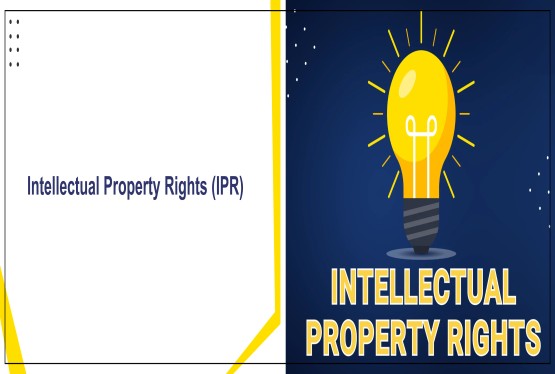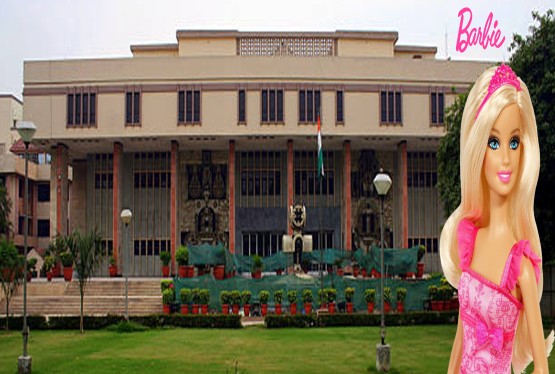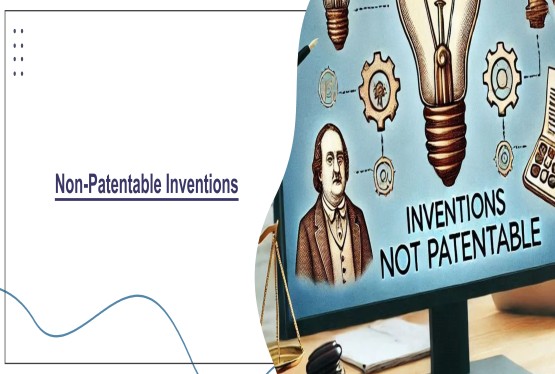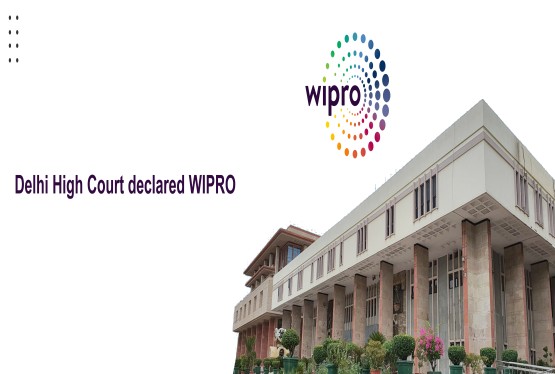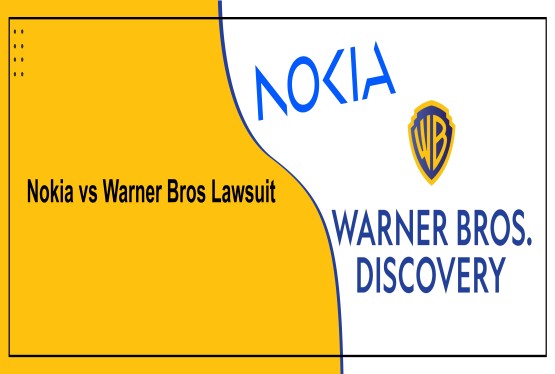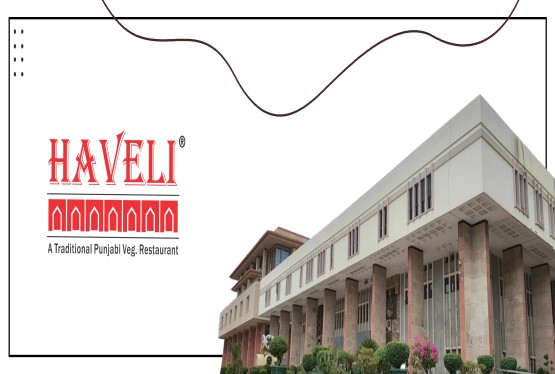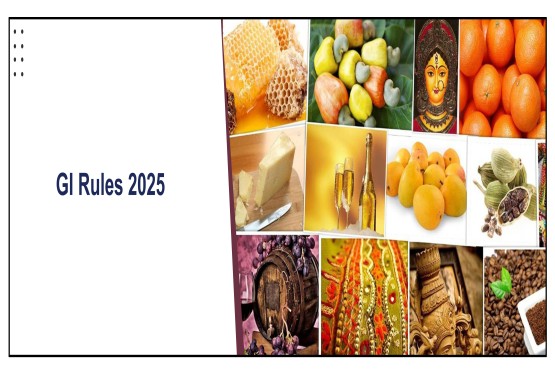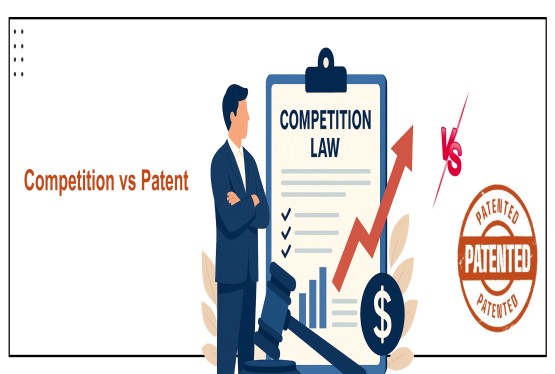The process of trademark registration is integral to protecting intellectual property rights, especially in India, where businesses increasingly rely on unique brand identities to establish market presence. However, the Registrar of Trademarks often rejects applications due to various statutory and procedural reasons, leading to trademark rejection. Understanding these common grounds for rejection and adopting preventive measures can significantly improve the likelihood of successful registration and avoid issues like trademark infringement.
1. Lack of Distinctiveness
Legal Basis:
Section 9(1)(a) of the Trade Marks Act, 1999, stipulates that a trademark must be capable of distinguishing the goods or services of one entity from those of another. If a mark lacks distinctiveness, it fails to fulfill this statutory requirement.
Common Examples:
-Generic terms, such as “Salt” for table salt.
-Descriptive marks, such as “Sweet” for sugar.
-Marks that are customary in the trade.
How to Avoid:
-Conduct thorough market research to ensure the mark is unique and not commonly used.
-Avoid generic or descriptive words and create a mark that is inventive or fanciful.
2. Similarity to Existing Trademarks
Legal Basis:
Section 11(1) of the Trade Marks Act prohibits the registration of marks that are identical or similar to earlier trademarks if such similarity is likely to cause confusion among the public.
Common Examples:
-Phonetically similar marks, e.g., “Kwality” and “Quality”.
-Visually similar logos.
How to Avoid:
-Perform a comprehensive trademark search using the Indian Trade Marks Registry’s online database.
-Engage a legal expert to analyze potential conflicts before applying.
3. Use of Prohibited or Scandalous Matter
Legal Basis:
Section 9(2)(a) of the Act prohibits marks that contain obscene, scandalous, or offensive matter.
Common Examples:
-Marks containing derogatory language.
-Marks that offend religious sentiments or public morality.
Notable Case Law:
In Khoday Distilleries Ltd. v. Scotch Whisky Association (2008), the court underscored the importance of ensuring that trademarks do not offend public sensibilities.
How to Avoid:
-Avoid using words, symbols, or images that might be considered offensive or disrespectful.
-Seek public feedback for culturally sensitive marks.
4. Use of Government Symbols or Emblems
Legal Basis:
Section 9(2)(b) and the Emblems and Names (Prevention of Improper Use) Act, 1950, prohibit trademarks that include government emblems, names, or symbols.
Common Examples:
-The national flag or its representation.
-Names of government organizations, e.g., “Reserve Bank of India”.
How to Avoid:
-Avoid using any design, name, or symbol that could be confused with government authority.
5. Non-Compliance with Procedural Requirements
Legal Basis:
Section 18 of the Trade Marks Act specifies the procedural requirements for filing an application, including correct classification and adequate representation of the mark.
Common Examples:
-Filing under the wrong class.
-Incomplete or inaccurate application forms.
-Failure to submit requisite fees.
How to Avoid:
-Use the NICE Classification system to identify the appropriate class for goods or services.
-Double-check all details before submission.
-Maintain a checklist of required documents and ensure timely submission.
6. Bad Faith or Intent to Deceive
Legal Basis:
Section 11(3)(a) prohibits registration of marks that were filed with malicious intent or to deceive the public.
Common Examples:
-Filling a trademark identical to a competitor with the intent to tarnish their reputation.
-Using deceptive geographical indications.
How to Avoid:
-Ensure that the application aligns with genuine business objectives.
-Avoid any attempt to mimic or unfairly benefit from another’s reputation.
7. Genericization
Legal Basis:
Section 9(1)(b) denies protection to marks that have become generic and are no longer associated with the applicant’s goods or services.
Common Examples:
-Terms like “Xerox” and “Aspirin”, which became generic over time.
How to Avoid:
-Use trademarks consistently in branding and marketing materials.
-Educate consumers and stakeholders to use the trademark as an adjective rather than a noun or verb.
8. Lack of Intention to Use
Legal Basis:
Section 47 of the Trade Marks Act allows for removal of a trademark if the applicant did not intend to use it or fails to use it for a continuous period of five years post-registration.
Common Examples:
-Filing speculative applications for multiple classes without genuine intent.
How to Avoid:
-Apply for a trademark only when there is a concrete business plan for its use.
-Monitor and document usage to establish genuine intent.
9. Failure to Respond to Examination Reports
Legal Basis:
Section 18(5) provides that the Registrar may raise objections during the examination phase, requiring applicants to respond within the stipulated timeframe.
Common Examples:
-Ignoring or delaying responses to objections.
-Inadequate replies that fail to address the Registrar’s concerns.
How to Avoid:
-Monitor application status regularly.
-Engage legal counsel to draft replies addressing objections effectively.
10. Opposition from Third Parties
Legal Basis:
Section 21 of the Act allows any third party to oppose a trademark application within four months of its advertisement in the journal.
Common Examples:
-Opposition from a competitor claiming prior use.
-Opposition based on similarity to a well-known mark.
How to Avoid:
-Conduct a thorough search and assessment of similar marks before filing.
-Engage in negotiations or settlements with potential objectors when possible.
Conclusion
Trademark registration in India is a nuanced process governed by the Trade Marks Act, 1999, and supplemented by judicial precedents. Common grounds for rejection often stem from procedural lapses, statutory violations, or conflicts with existing marks. Businesses can avoid these pitfalls by conducting comprehensive searches, complying with procedural requirements, and consulting legal experts. By taking proactive steps to address potential issues, applicants can enhance their chances of securing trademark protection and safeguarding their brand identity in a competitive market.
FAQs
Q1. What are some common reasons why a trademark application might be rejected in India?
Ans. Several reasons exist, including lack of distinctiveness (being generic or descriptive), similarity to existing trademarks, use of prohibited or scandalous matter, use of government symbols, procedural non-compliance, bad faith or deceptive intent, genericization, lack of intention to use, failure to respond to examination reports, and opposition from third parties.
Q2. How can I avoid my trademark application being rejected due to lack of distinctiveness?
Ans. Conduct thorough market research to ensure your mark is unique and not commonly used. Avoid generic or descriptive terms and instead create a mark that is inventive or fanciful.
Q3. What steps should I take to ensure my proposed trademark doesn't infringe on existing trademarks?
Ans. Perform a comprehensive trademark search using the Indian Trade Marks Registry’s online database. It's also highly recommended to engage a legal expert to analyze potential conflicts before applying.
Q4. What is the significance of responding to examination reports during the trademark registration process?
Ans. The Registrar may raise objections during the examination phase. Failing to respond, or providing inadequate responses, can lead to rejection. It's crucial to monitor your application status and engage legal counsel to draft comprehensive replies addressing the Registrar's concerns effectively.
Q5. If a third party opposes my trademark application, what can I do?
Ans. Opposition is a formal process where a third party objects to your application. You should engage legal counsel to assess the grounds of the opposition and formulate a response. Negotiations or settlements with the opposing party might also be considered. Thorough prior searches and assessments of similar marks can help minimize the risk of opposition.






























_(b)_of_the_Trademark_Act,_1999_(1)_crop10_thumb.jpg)



_crop10_thumb.jpg)




























_crop10_thumb.jpg)
_crop10_thumb.jpg)






_crop10_thumb.jpg)








_crop10_thumb.jpg)



_crop10_thumb.jpg)





























_crop10_thumb.jpg)

















_crop10_thumb.jpg)






_crop10_thumb.jpg)











































































































































_crop10_thumb.jpg)




































_crop10_thumb.jpg)












_crop10_thumb.jpg)













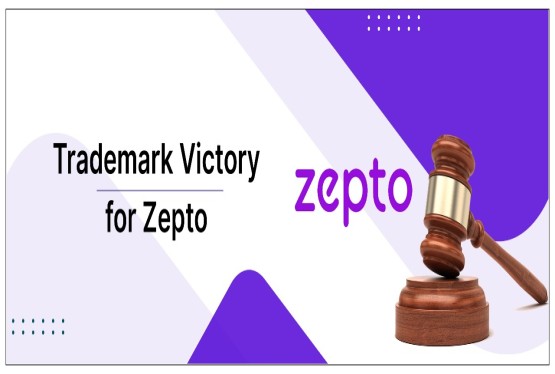




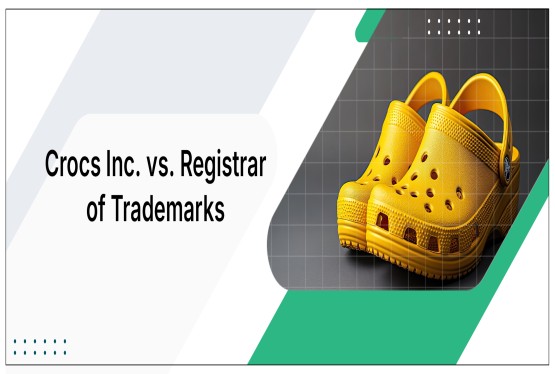















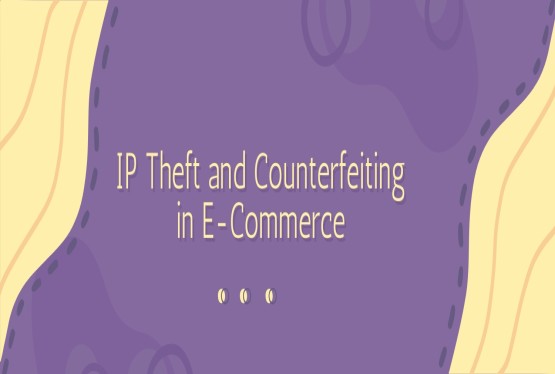












_crop10_thumb.jpg)






